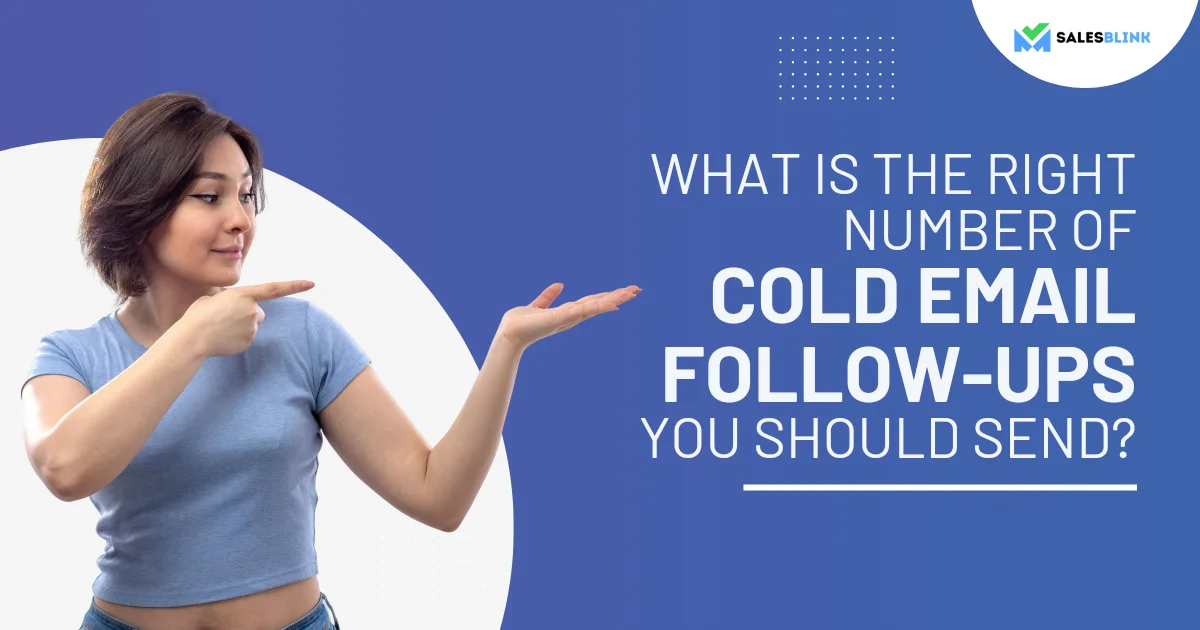What Is The Right Number Of Cold Email Follow-Ups You Should Send?
Do your cold email campaigns need help to land responses? Crafting an effective follow-up strategy is essential. The challenge lies in striking the right frequency. Sending too many follow-up emails can make you seem pushy. However, sending too few emails may cause you to lose prospects’ attention.
Don’t know what to do? Don’t worry! We’re here! In this blog we’ll look at the right number of cold email follow-ups you should send.
It’s about making the most of the potential of follow-up emails without overwhelming your recipients. Email outreach tools can help streamline the process of cold emailing and will prevent overwhelming prospects.
So, let’s begin.
Table of Content
- Stats About The Significance of Follow-Up Email
- How Many Follow-Ups Should You Send?
- How Long Should You Wait Between Follow-Up Emails?
- How To Write Cold Email Follow-Ups?
- How To Send Follow-Up Emails At Scale?
- Best Time to Send Follow-Up Emails
- Tips to Write a Cold Email Follow-Up
- 5 Effective Cold Follow-Up Email Templates
- Revamp Outreach With Tailored Follow-Ups
- FAQs
Stats About The Significance of Follow-Up Email
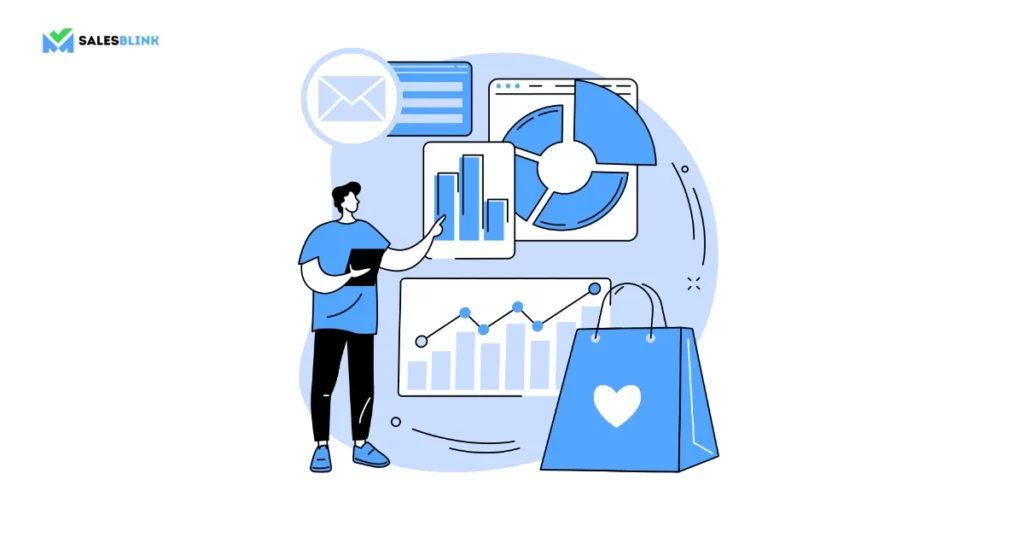
When should you send it, and should it be personalized? Let’s look at the revelations from research:
1. The Impact of Follow-Ups on Reply Rates
A single follow-up email can substantially boost your response rates. On average, without a follow-up, you might see a 9% reply rate. However, incorporating just one follow-up elevates this to around 13%.
Those who stick to just one initial email average a 16% reply rate. Contrastingly, users who send at least one follow-up witness a whopping 27% reply rate.
2. The Optimal Number of Follow-Ups
Analyzing data from top performers reveals that 2-3 follow-up emails yield the most optimal outcomes. The first follow-up, in particular, shows a remarkable 40% higher reply rate compared to the initial email alone, raising the overall average response rate to a commendable 8.5%.
3. Quality Over Quantity: The Follow-Up Dilemma
While it might seem logical to load prospects with follow-ups, data suggests otherwise. Beyond the 3rd or 4th follow-up, the incremental increase in response rates is minimal. Moreover, bombarding inboxes risks damaging your sender reputation.
4. Frequency Trumps Quantity
The frequency of follow-ups holds greater importance than their sheer number. Timing matters; sending follow-ups too hastily can appear pushy. Allow at least 2-3 days for contemplation before nudging prospects again.
5. The Timing
While specific days like Mondays, Fridays, and Saturdays might slightly elevate open and reply rates, individual target groups dictate the optimal sending time. Conduct your research or test different time frames to know when your prospects are most responsive.
How Many Follow-Ups Should You Send?
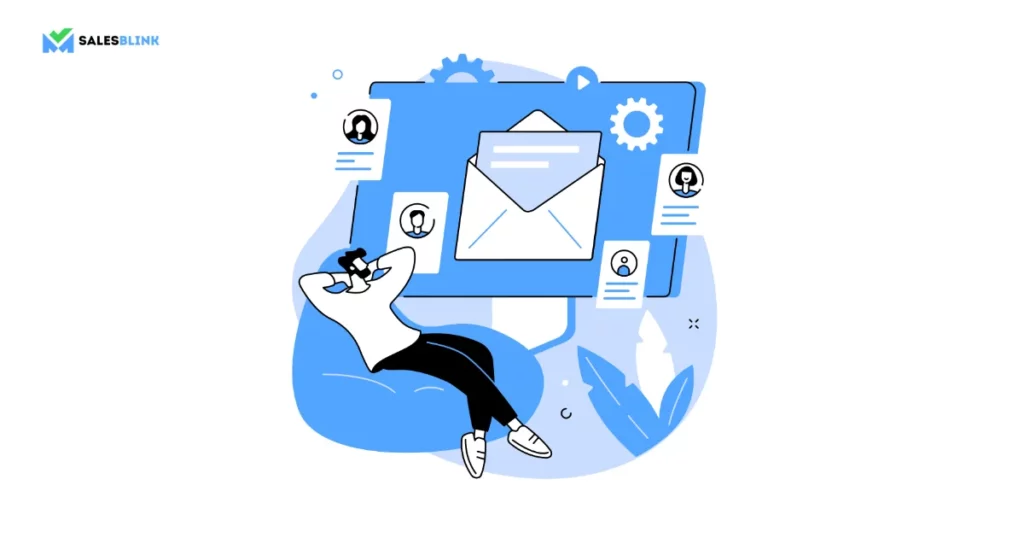
So you have seen that when it comes to cold email follow-ups, finding the right number is key. Sending too few might miss opportunities, but bombarding can turn people away. So, strike a balance!
Begin with an initial cold email, then follow up two or three times at intervals. Space each follow-up a few days apart to allow time for response. Craft concise, engaging messages tailored to pique interest without being pushy. Remember, it’s about persistence without being pesky.
Use templates to streamline but personalize each follow-up to resonate with the recipient. Check responses and adjust the frequency. A well-planned email campaign prioritizes quality. It focuses on building relationships instead of flooding inboxes. Experiment with different numbers of follow-ups. Determine the best approach for your outreach strategy.
How Long Should You Wait Between Follow-Up Emails?
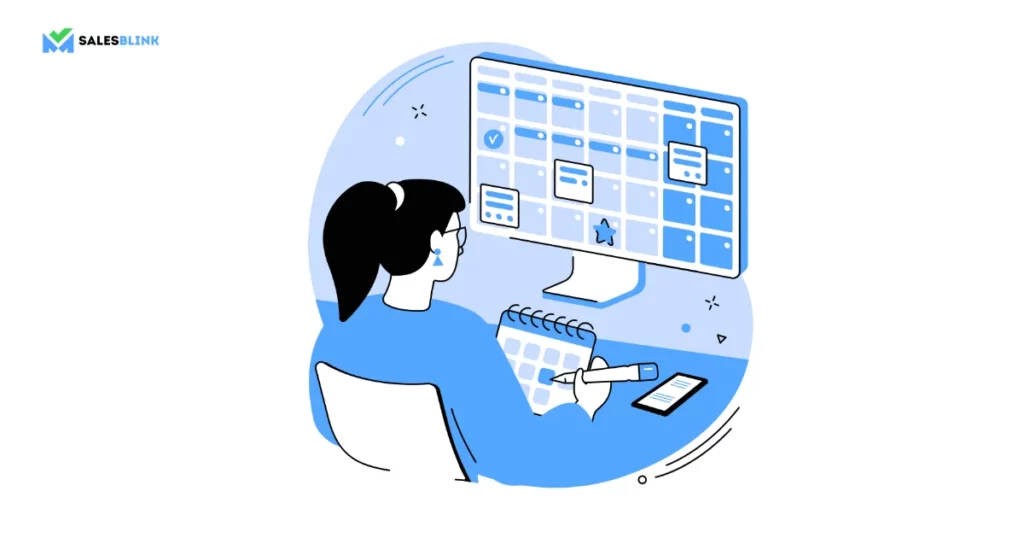
After sending a cold email, wait around 3-5 days before your first follow-up. Give them space to digest your initial message. For later follow-ups, extend the gap a bit—wait around a week or more. But always pay attention to their responsiveness. If they’ve shown interest or replied, adjust your timing accordingly.
Crafting concise and engaging follow-up emails is just as crucial. Consider using templates to streamline your outreach efforts. You can personalize these templates, ensuring each message feels unique and tailored. Also, use email outreach tools to schedule and automate follow-ups. This will make your campaign more efficient. Remember, patience and strategic timing can boost the success of your cold email campaign.
How To Write Cold Email Follow-Ups?
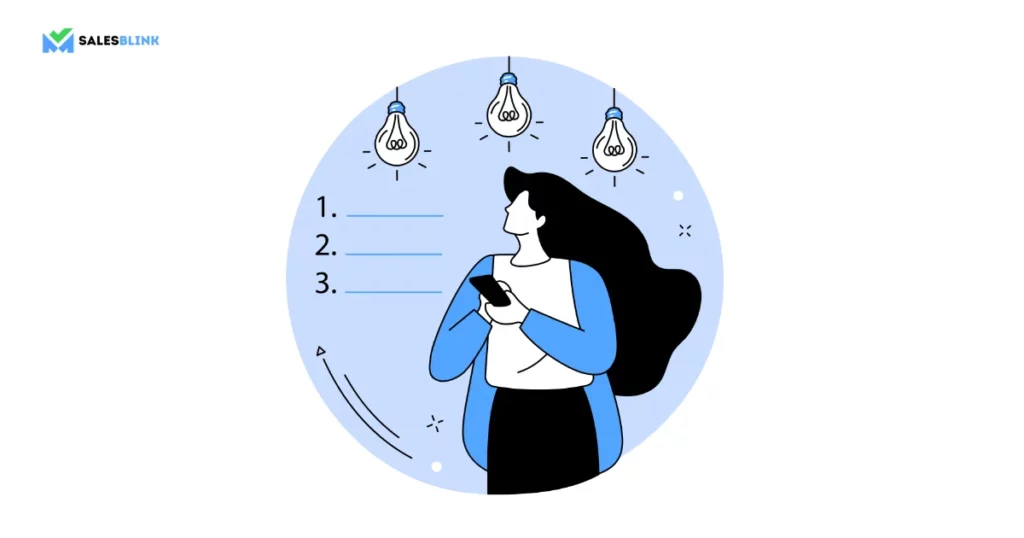
Crafting effective cold email follow-ups requires a proper strategy. These emails are gentle reminders to keep your conversation going and the aim is to avoid overwhelming the recipient.
1. Purposeful Timing: Don’t rush. Strategically time your follow-ups. Allow a gap before reaching out again; persistence is good, but flooding inboxes isn’t.
2. Personalization Matters: Tailor your follow-up to the previous interaction. Mention a point of interest or highlight how your offer aligns with their needs.
3. Clear and Concise: Keep it brief. Highlight the value proposition or offer a quick recap of your earlier email. Busy inboxes favor short messages.
4. Compelling Subject Lines: A catchy subject line can make or break your follow-up. Be intriguing yet clear about the email’s content.
5. Value-Oriented Content: Emphasize benefits. How can your proposal solve their problems or enhance their situation? Make it about them, not just your pitch.
6. Call-to-Action (CTA): Guide them gently. Use a clear CTA nudging them to respond or take the next step. Make it easy for them to engage.
7. Polite Persistence: Be respectful and courteous. Acknowledge if they haven’t responded and express understanding of their busy schedule.
8. Testing and Optimization: Experiment with different templates and strategies. Analyze what works through A/B testing to refine your approach.
9. Follow-Up Sequence: Plan a series of follow-ups. Each one should have a slightly different angle or message. Avoid repetition but maintain consistency.
10 Automate Wisely: Use email outreach tools to schedule follow-ups. Personalize them to avoid sounding robotic.
Successful cold email follow-ups balance persistence and respect for the recipient’s time. Remember this. Each email should add value and encourage further engagement. Experiment, iterate, and adapt based on responses to refine your approach continually.
How To Send Follow-Up Emails At Scale?
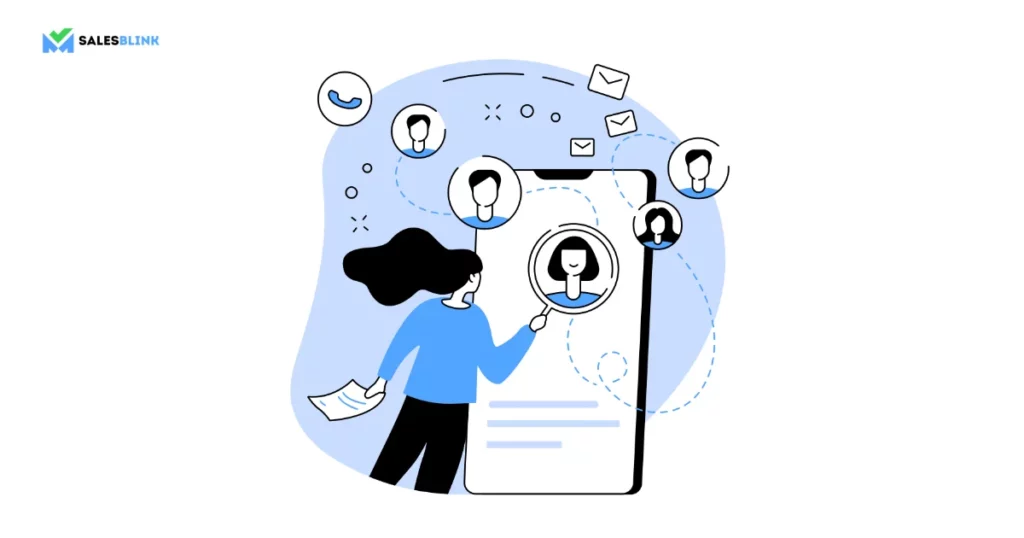
Sending follow-up emails at scale is better if you want to stay productive. Leveraging outreach tools like SalesBlink streamlines this process, making it efficient and effective. Here’s a guide to mastering cold email follow-ups with ease.
Best Time to Send Follow-Up Emails
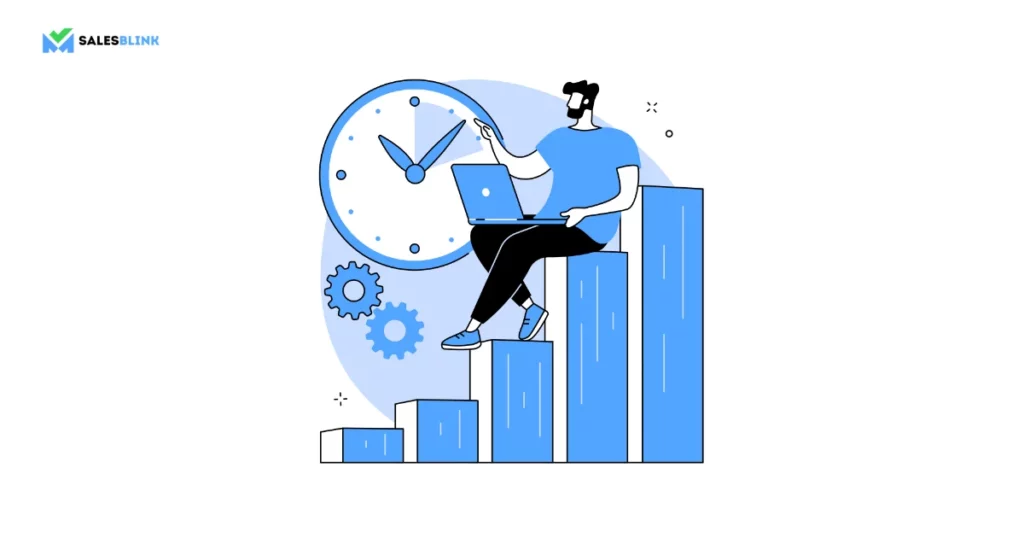
Finding the right time to send follow-up emails increases response rates. Balancing persistence and consideration is key when sending a follow-up email. Understanding the optimal window for your email campaign is crucial. It is also important for your outreach strategy to know the best time. Typically, the optimal timing for a follow-up email varies depending on several factors.
Firstly, consider the initial cold email. If there’s no response after a week, a gentle follow-up could be ideal. Studies suggest that sending follow-ups within this timeframe often yields better results. Avoid sending multiple emails in quick succession to recipients. This could cause them to mark your emails as spam.
Additionally, consider the recipient’s schedule and time zone. Sending follow-ups during weekdays tends to receive better attention than on weekends. It is especially effective during mid-morning or mid-afternoon.
Using a follow-up email template can streamline this process. Make sure your message is concise, polite, and to the point. Repeat the value proposition and purpose of your initial email.
Craft and time your follow-up emails strategically to enhance effectiveness. Consider the recipient’s perspective when combining these strategies. By doing so, you can significantly enhance your email campaign.
Tips to Write a Cold Email Follow-Up
Cold email follow-ups can significantly impact the success of your outreach campaigns. Crafting these messages thoughtfully can improve your response rates and engagement. Here are some key tips to enhance your follow-up emails:
1. Personalization Is Key
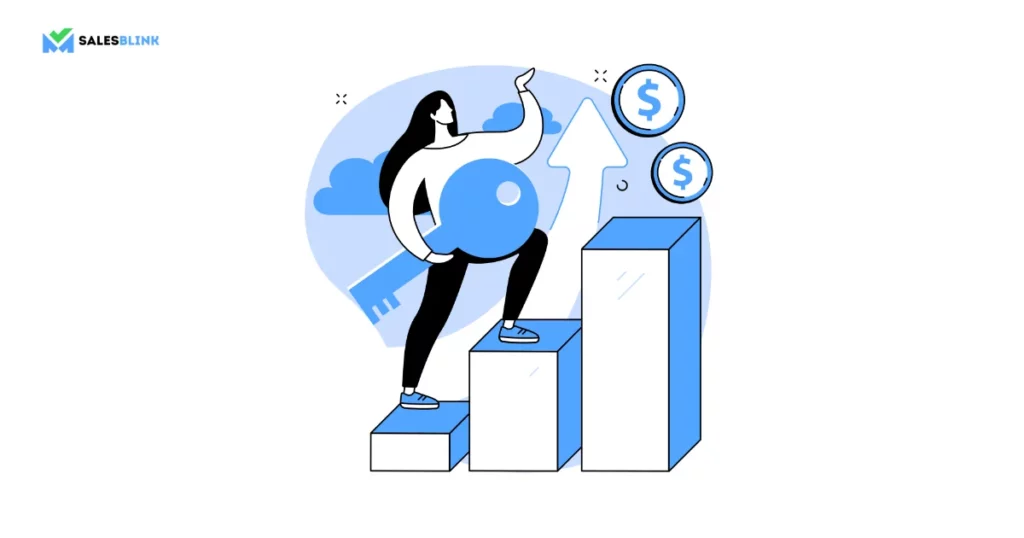
Add personal touches to follow-up emails by recalling past interactions. Showcase mutual interests as well. Using mail merge or customization tools improves this process. It allows personalized messages on a larger scale. Referencing these details establishes rapport and shows genuine interest. This fosters higher engagement and responses from recipients.
2. Timing Matters
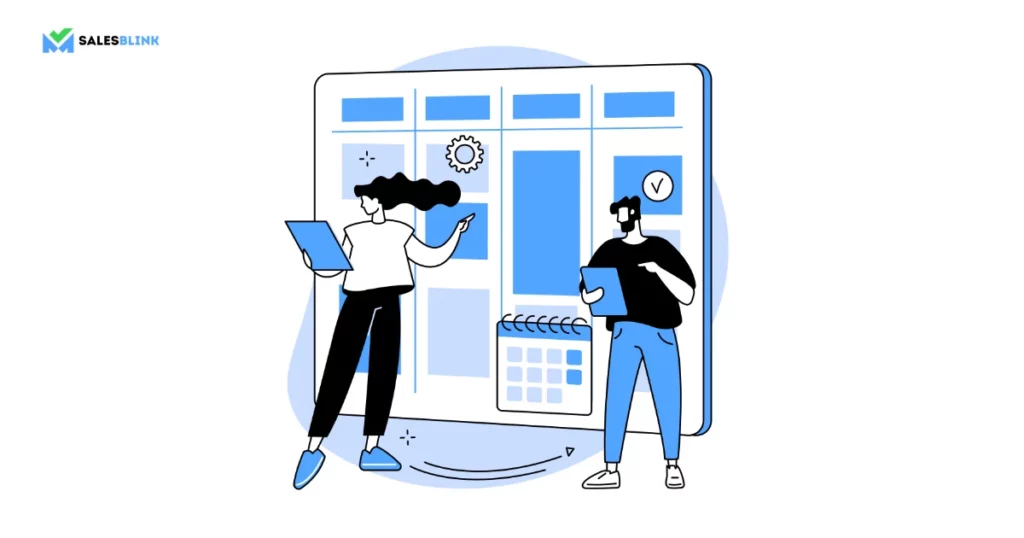
As you know, timing between initial emails and follow-ups is crucial. Avoid overwhelming recipients with frequent reminders, risking a pushy perception. Experiment with intervals to pinpoint your audience’s ideal timing. Balancing persistence and respect for their time fosters better engagement and response rates.
3. Craft a Clear and Concise Subject Line
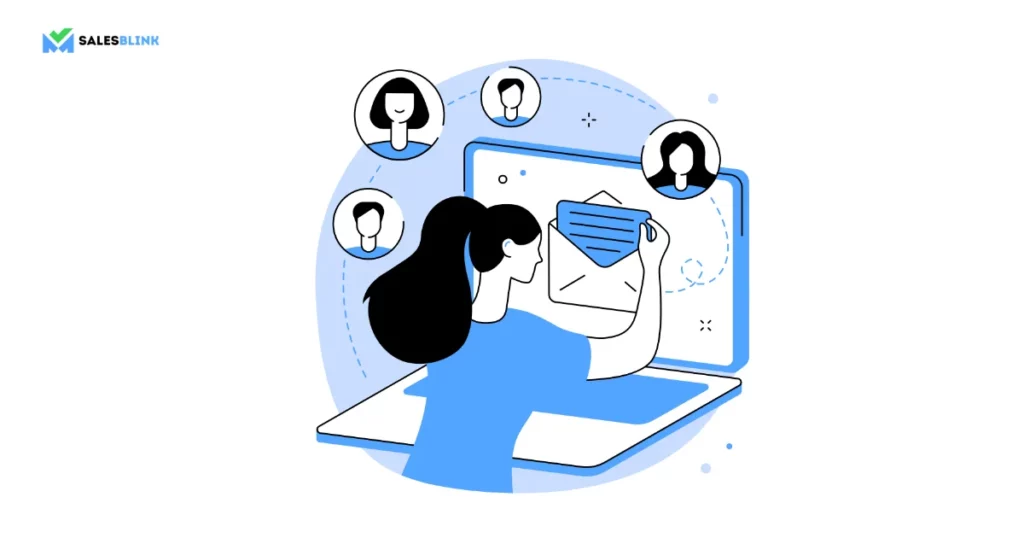
Craft subject lines that captivate while remaining concise. Use language that inspires action or asks intriguing questions. This will make recipients open your email. An intriguing subject line sets the mood for the message. This increases the chance of getting a response. Consider the recipient’s perspective and what would prompt them to click open. A well-crafted subject line can greatly affect open rates making it a crucial element for successful cold email follow-ups.
4. Provide Value

Ensure your follow-ups provide value. Delivering actionable content is key to success. It includes sharing insights, valuable resources, and tailored solutions. It addresses recipients’ specific pain points. Valuable additions encourage engagement. They demonstrate your commitment to addressing their needs and this increases the likelihood of getting a response. The goal is to provide helpful solutions or information to recipients. This creates a sense of reciprocity in email communication.
5. A/B Test Different Approaches

In your follow-up emails, test elements like subject lines, content structures, and CTAs. This experimentation helps pinpoint the most impactful approach for your audience. Test varying subject lines to gauge open rates. Experiment with content structures to determine what keeps readers engaged. Additionally, refine your CTAs to prompt desired actions. Carefully analyze the results to adapt and fine-tune follow-up strategies. Align the strategies precisely with your audience’s preferences for optimal engagement.
6. Be Polite and Professional
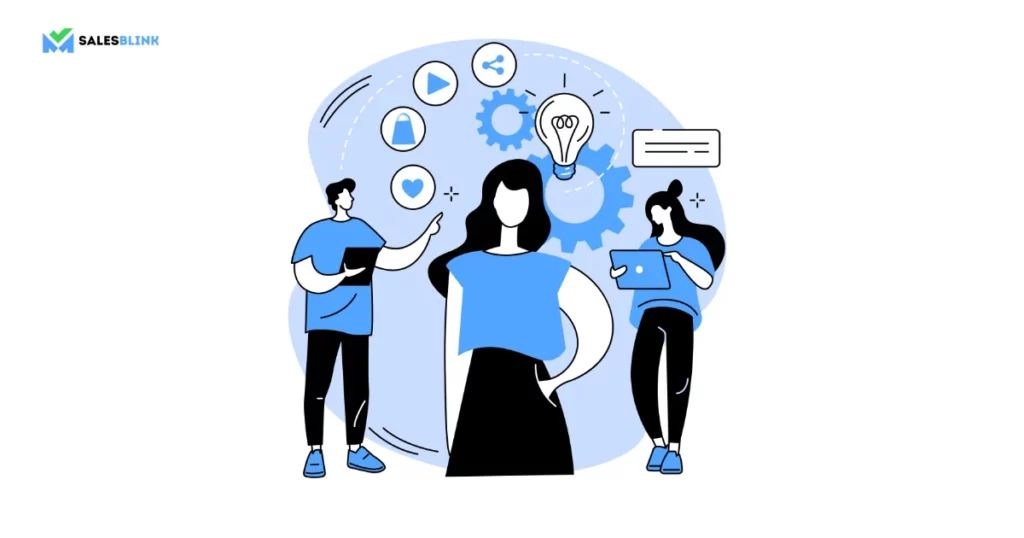
In follow-up emails, sustaining a respectful tone is essential. Demonstrating persistence shows dedication. It’s important to avoid being intrusive or aggressive. Maintaining courtesy upholds professionalism. Exhibiting respect for boundaries is also important. Creating a balance between persistence and consideration is important. It increases the chances of getting a positive response. It also avoids causing discomfort or annoyance, creating a good impression.
7. Use Visuals
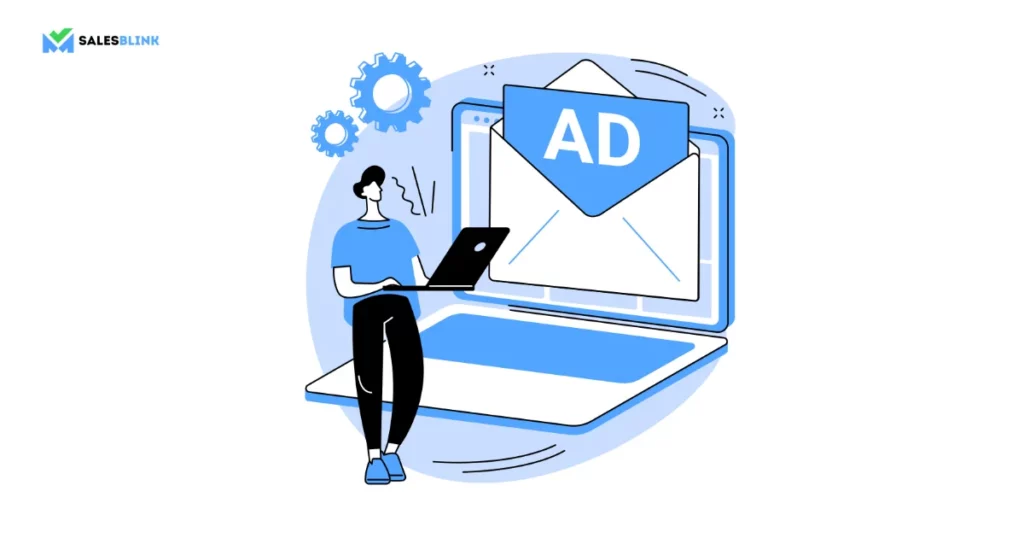
Integrating visuals strategically enhances follow-up emails. An image or infographic can communicate more powerfully than text. It captures attention and conveys information swiftly. However, it’s vital to optimize these visuals for rapid loading times. Balancing relevance and loading efficiency is important for your email. It makes it visually appealing and accessible on different devices and connections.
8. Include a Clear Call-to-Action (CTA)
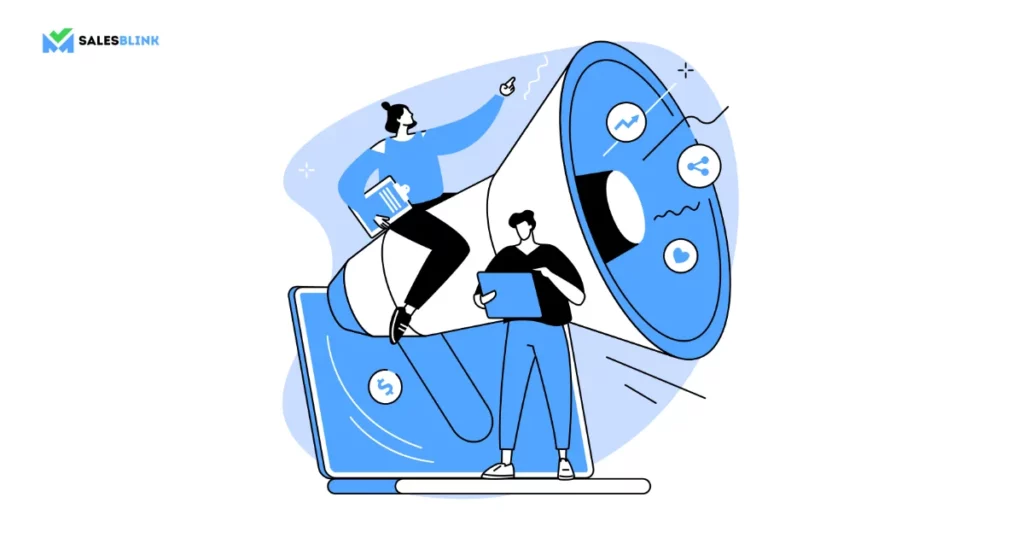
Ensure your call-to-action (CTA) is direct and explicit about the desired recipient action. Make sure you provide clear instructions for scheduling a call. Also, include instructions for encouraging a reply and prompting link exploration. A compelling CTA is like a roadmap, it guides recipients toward the next step. The clarity and conciseness of your CTA greatly affect response rates. It encourages recipients to engage and have meaningful interactions.
Implementing these tips can greatly increase your response rates for cold email follow-up. It can also enhance the overall success of your campaign.
5 Effective Cold Follow-Up Email Templates
Crafting compelling follow-up emails is crucial for any cold email campaign. Here are five effective templates that can help maximize your outreach strategy.
Template 1: Gentle Reminder
Subject: Quick Check-In Regarding {{Subject}}
Hi {{Name}},
I hope this finds you well. This email is to follow up on my previous email regarding {{mention specific topic or offer}}. I understand how busy things can get, but I believe {{your product/service}} could truly benefit {{their company/personal goals}}.
If you have any questions or need further information, I’d be more than happy to help. Looking forward to your response.
Best regards,
{{Your Name}}
Template 2: Value Addition
Subject: Resource to Boost {{Their Goal}}
Hello {{Name}},
I hope you’re having a great week. I wanted to share an insightful article/resource related to {{their interests/goals}}. It might offer some valuable insights for your current initiatives.
Would love to hear your thoughts on it or discuss how {{your solution}} aligns with your objectives. Feel free to reach out when it suits you best.
Warm regards,
{{Your Name}}
Template 3: Personal Touch
Subject: Your Insights Matter
Dear {{Name}},
I’ve been following [mention something positive about their recent work/update]. Your approach to {{specific project/achievement}} is truly inspiring.
I believe {{your solution}} could further complement your efforts in [related area]. I’d love to explore this with you whenever you’re available.
Thanks for considering,
{{Your Name}}
Template 4: Closing the Loop
Subject: Closing the Loop on {{Subject}}
Hi {{Name}},
Just checking in to see if you had a chance to review my previous email about [your offer/solution]. I understand time is precious, so I wanted to ensure I haven’t missed your queries or thoughts.
Let me know if there’s anything specific you’d like me to elaborate on.
Best regards,
{{Your Name}}
Template 5: Acknowledging Mutual Benefit
Subject: Win-Win Opportunity Ahead
Hello {{Name}},
I see great potential for {{their company/their goals}} and how [your solution] can be a catalyst for growth. I’d love to discuss how we can create a win-win scenario together.
When’s a convenient time for a quick chat to explore this further?
Thanks,
{{Your Name}}
Feel free to adapt these templates to suit your style and the context of your outreach.
Revamp Outreach With Tailored Follow-Ups
Crafting compelling follow-up emails in your campaign ensures a stronger connection. Utilizing tailored templates enhances the impact of cold emails, maximizing engagement. A structured approach to email outreach, including personalized messages, fosters better responses.
Remember, follow-ups are not only reminders. They also build rapport and trust. Implementing the tactics mentioned in this blog post will empower your cold email campaigns. It will elevate your outreach game and lead to better results.
FAQs
1. How many follow-up emails should I send in a cold email campaign?
Sending 3-4 follow-ups is effective. Keep them spaced, respectful, and valuable. Follow a schedule, adjusting based on response or silence.
2. What should a good cold email follow-up include?
A follow-up should reference the previous contact. It should offer more value. Additionally, it should prompt action. Keep it concise, personalized, and relevant to their needs.
3. How do I improve responses to cold email follow-ups?
Test different subject lines, timings, and content. Analyze responses to refine your approach. Ensure your emails remain brief, clear, and purposeful.
